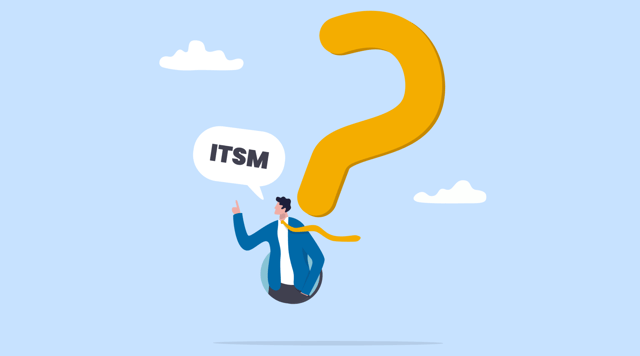Digital transformation represents a company’s adoption of digital technology for efficiency, value, and innovation. To truly take advantage of it, you need IT Service Management (ITSM), which, put simply, is the belief that IT should be delivered as a service.
According to surveys on digital transformation, over 70% of companies claim to have a strategy in place to achieve ITSM – interestingly, only 21% believe they have succeeded at it.
Why ITSM is important for digital transformation?
ITSM is a business model that can take digitalisation efforts to a scalable and sustainable level. Because digitalisation can be confusing or ‘multi-layered’, there is always a chance it will result in a convoluted system. Hence, companies benefit from harnessing the self-sustaining practices that an ITSM model offers.
Aside from having advanced software in place, such as Jira Service Management, to facilitate operations, ITSM is best implemented with the assistance of specialists, i.e. someone with ITIL certifications. ITIL, which stands for Information Technology Infrastructure Library, is a set of practices focused on aligning IT services with the needs of the business. Its practices include IT Service Management and IT Asset Management. At Clearvision, we have ITIL-certified experts with several advanced certifications encompassing the breadth and depth of processes and practices across all ITIL disciplines.

Significantly reduced operational costs
Soaring operational costs are often caused by extended processes. This non-standardised approach leaves room for interpretation and errors. A recent survey of companies who’ve adopted ITSM software showed that 42% realised overall business cost savings. Lower operational costs result from ITSM allowing IT departments to focus their time and energy on new initiatives to support revenue streams. Comparatively, without an ITSM system, studies state up to 80% of an IT department’s budget can be spent on rudimentary non-profit-creating tasks.
Enhanced business performance
Nearly every project in a company is touched by IT, from Sales to Logistics. Therefore, the more empowered an IT department is, the better it is for other teams. Since ITSM enlightens IT departments about trends and concerns, solutions can be made in real-time before other services are affected, creating a flexible and agile ecosystem that functions regardless of change. Because ITSM can automate multiple service requests, solutions are provided almost instantaneously, preventing costly bottlenecks and thus allowing all departments to run consistently without pause.
Streamlines inter-departmental workflow
According to a survey of IT professionals, obsolete legacy systems and an excessive amount of tools are reasons behind complicated digitalisation efforts. This results in redundancies and poor enterprise integration that wastes production time as departments navigate silos and fragmented databases. With ITSM, however, departments are privy to consolidated technologies and processes, allowing changes to become more timely, production to be more efficient, and simplifying protocols. Because ITSM software connects departments, decision-makers can also get a better look at things more clearly, resulting in key decisions and strategies being made in a proactive, rather than a reactive manner.
That said, to maximise ITSM effectively, you must adopt an agile approach. ITSM shouldn’t be a one-size-fits-all model. Instead, it should be tweaked to work for you and not the other way around. This may take time, but when done consistently, an ITSM framework can supercharge your digitalisation efforts.
For help with your ITSM strategy, seek expertise and take advantage of the content available.
Published: Dec 21, 2021
Updated: Jun 26, 2023

